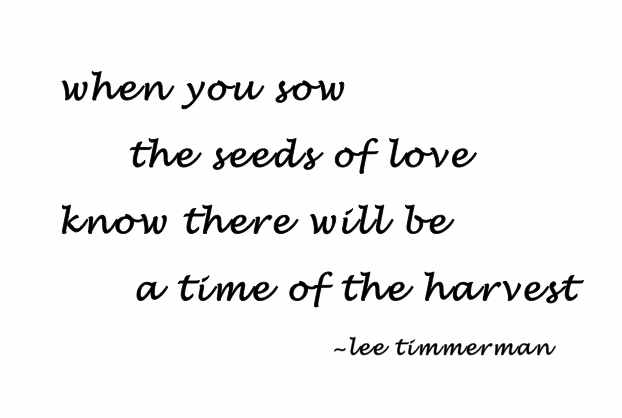Ascension
The practice of Tantra teaches a primary pranayama[1] practice, which is deep diaphragmatic breathing, day and night. The first pranayama practice is deep diaphragmatic breathing and an awareness of our pranic breath.[2] The first practice in taking control of the mind is to take control of the breath. The calmer the breath, the calmer the mind will be, and the easier it will be to focus the mind.
The mind is one of the greatest tools we have to attain liberation into a harmonious life. Swami Rama said the mind is like a giant that can help us to accomplish anything we desire once we learn to develop concentration. However, if we aren’t focusing, the mind (giant), will consume us with whatever it is attracted to. He says that when you are not focusing on a project at hand, you must put this giant to work going up and down the pole.[3] When the mind is busy going up and down the pole, not only will it not consume you, but also it will help you to be even calmer and attain awareness of the subtler and subtler realms of the God Consciousness. There is a connection between body, mind, breath, and consciousness, and this is why both Yogic and Tantric practices focus on prana,[4] and the prana of the sacred mantras, both within and outside of meditation.
There is only perfection, but not all desires are Wholistic and able to take us back to the Word or the God Consciousness. The sacred mantras are those vibrations that take us all the way back to the beginning (the Word) that was from God, of God, and is God. Those that want awareness of the Satyam, Shivam, Sundaram nature of God, and liberation from ignorance, will focus on affirming the sacred mantras. These mantras have the Wholistic vibration and Consciousness that can be experienced all the way from the Physical to the Christ/Krishna Consciousness, and then we must surrender (“be ye still”) into the God Consciousness.
Any thought, idea, or belief that we need something from the external to experience Satyam, Shivam, Sundaram (love, harmony, beauty and joy) is part of the illusion of maya and Original Sin. It causes a polarization of the devotee and the object of his/her desire, which creates the belief that they need this object to be happy. This is an idea of incompleteness. The Tantric process acknowledges we have desires to explore the manifested God and the unmanifested Consciousness, but strives to bring the desires into harmony and allow for fulfillment of those desires. We must transform the downward and outward desires into desires that are also harmoniously inward and upward, rajasic to sattvic, and in harmony with our Soul’s journey (dharma).
The desire to experience love, harmony, beauty and joy both inwardly and outwardly is the fuel of the Tantric path. The path of Tantra teaches us the secret of transformation, that of transforming limited desires into Divine and Wholistic expressions of the Soul. This is how one can be in the world, to enjoy and delight in the beauty of the world as an aspect of Divinity, without being of the world. This is a process that we learn in meditation, and practice while we are active. One must start with the philosophy that all life is legitimate and is part of the Divine impulse. We then begin practicing non-attachment to the idea of incompleteness (Original Sin), and to the fruits of our limited desires and actions. In meditation, we can look to see and discover our limited desire, and then we transform our limited desires into rajasic-to-sattvic Wholistic desires. When we offer up the fruits of these desires, we are able to fulfill our desires in a non-binding manner that is beneficial to the individual and the international community.
The Tantric practices are all focused on learning to appreciate the Satyam, Shivam, Sundaram nature of life, and this focus, along with the harvest of this focus, is why it is referred to as the path of Ecstasy. Tantric teachings include the desire to learn and be in harmony (Causal realm). The Tantric teachings include the delight and celebration with the senses and beauty (Astral realm). The Tantric teachings and practices include the enjoyment of harmonious activity at the Physical realm, including the transformation of the four primal instincts. The path of Tantra sees the realms of the Causal, Astral, and Physical as part of learning to appreciate and study a Wholistic God. Learning how to integrate the Divine impulse into the Will of God, by reversing the flow back upward through the chakras all the way to the pure state of Satyam Consciousness, becomes the Tantric study of God.
The path of Tantra is about learning to unfold into and feel connected to all seven levels of the God Consciousness, Shiva and Shakti ever in union. The individual part (Shakti) is ever in union with the universal and eternal (Shiva), and this is the realization the Tantric aspirant seeks. The Causal, Astral, and Physical bodies are vehicles that the Soul uses to explore and experience their desires, and ultimately are the vehicles of the expression of their dharma, and the worship of God in the moment and in eternity. This exploration of a Wholistic God is what distinguishes the path of Tantra from all other traditions.
[1] Prana is “life force,” and yama means “control.” Pranayama is control of the life force.
[2] Pranic breath is the prana that comes in directly through the medulla oblongata and sustains life.
[3] The ‘pole’ is symbolic of the cerebral/spinal system. Going up or down the pole means chanting or focusing on the sacred songs or mantras, which helps us to experience the seven levels of God Consciousness
[4] The Yoga tradition states that when you know prana, you know God.


